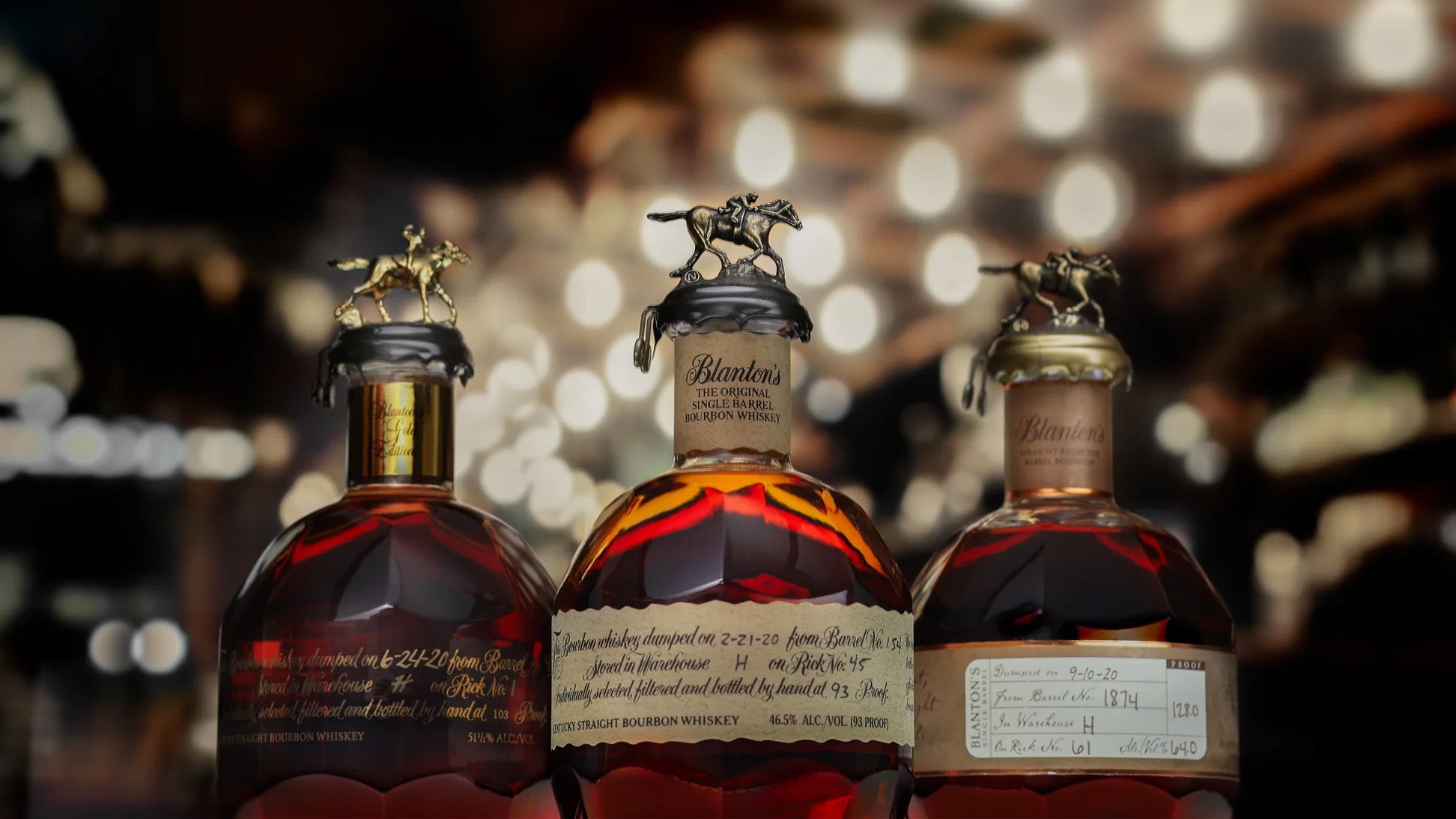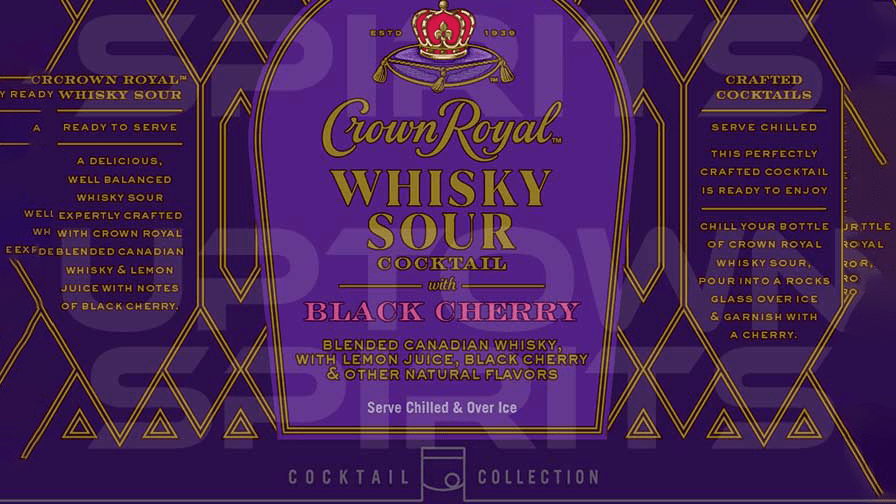A friend recently introduced me to a bottle of 16-year-old Lagavulin. It was an unusual name for an equally unusual drink. The pungent smoky odor and dry earthy taste was a shock to my senses. But as strange as it was, the experience left me intrigued and I was soon lured back to get better acquainted with the flavorful spirit known as single malt scotch.
My description thus far may sound unpalatable to some, but single malt scotch, in my estimation, is the most sophisticated of any beverage. Over recent months I have been consumed with the subject, educating myself to the varieties, sharing the drink with others, and buying more than 20 bottles.
The greatest pleasure of scotch, as I came to learn, is enjoying it with curious-minded friends. Because the sense of smell is so perceptive, and scotch is a drink for the nose, it sometimes brings back a long-forgotten experience. When I introduced the more robust peat- and smoke-filled scotch to friends this past New Year’s Eve, a couple of the guys were surprised by old memories and manly associations.
“I can taste my ancestors in this one,” my friend Greg exclaimed, after trying the stout flavor of a 16-year-old Bowmore. Greg, as far as I know, has no Scottish ancestors, but he was raised hunting wild game in Africa, which was sufficient for him to identify with the warriors of Braveheart.
Another friend, Simon, who grew up in Great Britain, took one whiff of the Bowmore and nearly rolled out of his chair, thrilled by thoughts of his homeland.
Simon told us about the peat bogs back in England where decomposing vegetation releases methane gas. At night, he said, he sometimes saw the gas ignite into flickering ghosts hovering over the vacant land.
The specific memory Simon related to us was when he once visited a tavern in a desolate rural town surrounded by marshes. He did not see an illuminated vapor of methane float through the peat bog, as I had hoped. What he saw was a drunken Scotsman in a kilt stumble out of the bar.
Even in England, Simon told us, a kilt-wearing Scotsman is an unusual sight, but then the man tripped his way to the edge of a nearby canal where he lifted his kilt to relieve himself. Leaving the Scotsman to his business, Simon suddenly heard a splash and the man disappeared into the darkness. Delighted as he was to remember this event, Simon could not recall what became of the Scotsman.
Simon’s story raises an important point about scotch tasting. Drinking to excess not only impairs coordination, but it also weakness the sense of smell and taste, without which a fine single malt cannot be appreciated.
The unmistakable peat and smoke that reminded Simon of the English peat bogs is the most distinctive quality of a malt produced on the island of Islay. In this region dried peat brick are burned longer than in other areas. Thick billows of smoke fill malting floors, drying the freshly sprouted barley and halting its germination. Because peat contains the organic matter native to its location, when it is burned it infuses the barley with strong notes of smoke, seaweed, iodine, salt and tar.
My initial exposure to scotch was the peaty Lagavulin so the first bottle I purchased was a similarly-smoky, but half-as-expensive, 10-year-old Laphroaig, which sells very reasonably for $30 at Trader Joes. I prepared myself for this encounter, bracing my senses for what scotch drinkers call the “peat reek.”
I twisted off the cork, releasing a waft of smoky fragrance into the air, and poured a few sips. Unlike other whiskies, such as Jack Daniel’s, I knew that scotch invites more attention to the aroma. But I wasn’t sure how to approach it.
I clumsily plunged my nose in the glass and inhaled the odor. When the sting of alcohol relented, I took another, gentler, sniff from a safe distance. The raw organic odor of earth, sea and smoke filled my head. I was carried off to a breezy Scottish shoreline under gray skies and drizzling rain.
I confess it wasn’t really like that, but for a beginner it takes time to articulate the sensation of a complex scotch whisky. I tried explaining to my friends that Laphroaig was like drinking a beach bonfire. You would never hear a wine taster make such a comparison, but then wine doesn’t grab your attention with the same vigor as a single malt scotch.
The specific aromas and flavors of scotch are often subtle and alluring, provoking analysis and lively conversation. Through time and the exchange of impressions with other scotch drinkers, it becomes easier to distinguish one malt from another with a precise description.
Before conducting my first tasting on New Year’s Eve, I had studied the subject and gained a little experience with a dozen or so different styles. In presenting the drink to newcomers, I usually begin with a brief introduction, telling them that scotch is a whisky made from malted barley. The raw grain is soaked, sprouted and dried with smoke and hot air. It is then ground and steeped in water until it becomes a fermented mash. The mash is distilled into a crystal clear liquid which is ready for aging. The sweetness, as well as the color and smooth texture, are developed over time as the alcohol ages in oak casks, mainly those once used for sherry or bourbon.
High-minded scotch drinkers esteem a single malt because it expresses the distinct personality of a single distillery. By contrast, a blended scotch., such as Jonnie Walker, combines different distilleries and additional grains to achieve a more balanced but simpler taste.
I typically begin a tasting with the more popular examples from the Scottish Highlands, particularly the region of Speyside, known for the pure waters of the river Spey. Charles MacLean, Scotland’s leading whisky writer, says in his book, Malt Whisky, that, according to tradition, water is what distinguishes one malt from another. “Even today,” MacLean writes, “many distillery workers view their water with superstitious awe.”
After pouring about half an ounce for my tasters I ask them to swish the drink and then pass it under their nose. The tongue can detect only four basic tastes, but the average nose senses 32 primary odors. For this reason, I spend 75 percent of a tasting just smelling the fragrance.
Before letting them taking a sip, I ask my friends to identify as many aromas as they can. A 10-year-old bottle of Aberlour is young and inexpensive but full of complexity, revealing green apple, crisps pear, nutmeg and Spanish sherry. New tasters rarely identify a specific flavor or smell, but the exchange of ideas in a group setting enhances the enjoyment and shortens the learning curve.
Scotch is not a drink for those inexperienced with spirits. But over time the alcohol softens and the whisky’s charm and character emerge with such appeal that tasters may be convinced of their own Scottish heritage—even if they don’t have any.




